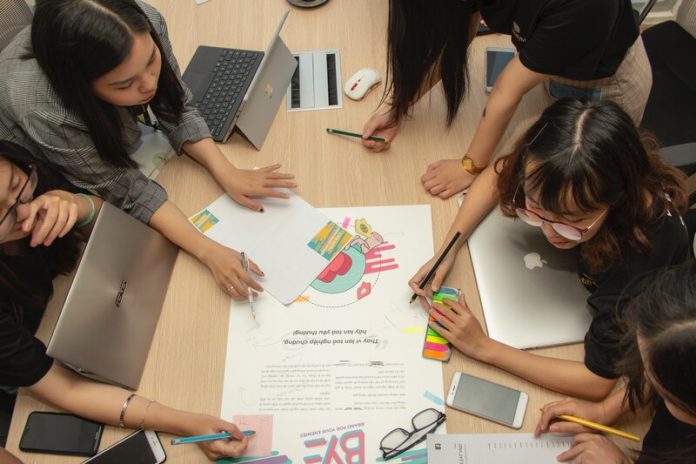Every aspect of our lives including our work life has been greatly disrupted by a number of uncertainties. The most recent is the pandemic and its recession, and the accelerated integration of technology and our lives.
It is no wonder both public and private organizations are placing a premium on reskilling and upskilling its people.
Amy Borsetti, a human behavior expert and industry leader in learning and development, said that organizations that place greater emphasis on the reskilling and upskilling of their workforce have had and will have a significant competitive advantage in this economy.
“From an organizational standpoint, creating a culture of continuous learning is a competitive advantage,” according to Borsetti, who is also senior director at LinkedIn Learning Solutions.
“Those organizations that seize the moment, and get this right, have a higher likelihood to outpace their competitors.”
Multiple studies have observed a notable increase in employers’ investment in their people’s capacity building.
Recognizing the value of reskilling and upskilling their workforce to meet the rising demand of a digital economy, employers aim to create and provide learning opportunities to over 70% of their employees by 2025.
The thing about learning, even at the workplace, is that it is inevitable. As long as humans are part of your workforce, learning will take place — be it intentionally or unintentionally, formally or informally.
That is why the conversation amongst employers is no longer focused on the ‘why’ but rather on the ‘how.’
How can business leaders and managers cultivate a more effective learning and development (L&D) culture in the workplace?
Assess the L&D culture of your workplace
A true learning culture fosters an environment that facilitates the development of independent critical thinking and a quest for knowledge.
It encourages its people to learn from their current industry trends, learn from failures, and openly share with one another regardless of role and title in the organization.
Furthermore, an effective L&D culture also necessitates its leaders and senior management to invest in their own capacity building.
Know your learners
Personalizing the learning opportunities to the needs of your organization and people is insufficient. Employers must customize the learning and development environment to their multigenerational workforce, as well.
At present, most L&D programs are tailored to accommodate the growing number of millennial and Gen Z workers. However, the more senior workers (from the traditionalists, baby boomers, and Gen X) are overlooked.
The latter group of employees is of great value. They are highly experienced in their respective fields and have proven to be impeccably trustworthy and loyal to their organizations.
“While reskilling at any age is becoming a reality for many, the contribution that older workers can make in this effort is not yet sufficiently tapped,” said Dubravka Suica, vice president for Democracy and Demography at the European Commission.
“By mentoring and guiding younger colleagues, older workers can pass on their expertise and knowledge while transitioning into new roles themselves.”
Create Opportunities for L&D
Be it digital, hybrid, or in-person learning tools, L&D in the workplace should be designed to help employees stay competitive within their industries.
To encourage unfiltered innovation and creativity, Pixar established the “braintrust” platform. Employees from different areas of the company are invited to review a specific project or product, honestly and openly.
They are required to leave their titles at the door and speak up as equals. In short, Pixar’s aim is to promote the innovative development of a project or product rather than the employees themselves.
A less formal L&D opportunity is the brown bag lunch. The term originally referred to the practice of employees bringing their lunches packed in a brown bag from home. However, it now represents any brief informal L&D opportunities that take place during working or non-working hours, in the workplace.
Reward continuous learning
It is not enough for employers to praise and promote employees who display any reskilling or upskilling efforts.
Employers who want to create a true learning and development environment will challenge their employees to identify their individual knowledge and skills gaps. Consequently, employers will include the latter’s efforts to reskill and upskill in their key performance indicators (KPIs).
Not only will this show that employers are serious about cultivating an effective L&D culture, but it will also remind employees that skills are the new currency of the digital economy.
If an employer is serious about remaining competitive and future resilient, they will need to cultivate a learning and development culture that ensures that their people grow into the talented workforce they will need tomorrow.




